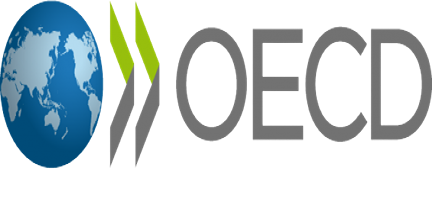On 12 September 2022 the OECD held a public consultation on the progress report on Pillar One that was released on 11 July 2022 with a request for comments by 19 August 2022.
There is currently a deadline of mid-2023 for signing the multilateral convention that would ensure the implementation of the building blocks of Amount A.
The OECD noted that 72 comments had been received on the Progress Report on Amount A and these were under consideration. Generally, businesses were positive on the work done so far but there needed to be an emphasis on simplicity, clarity and certainty despite the complex nature of the task. Amount A in essence consisted of the allocation of 25% of profits (above the first 10%) to the market jurisdictions; the need to ensure tax certainty for the taxpayers; and the arrangements for removal of unilateral measures taken by countries.
Scope and exclusions
In relation to the scope of the provisions, there were calls in the comments for an additional exclusion for domestic-oriented businesses. Commentators also requested that averaging should be applied on a permanent basis. In relation to the extractives exclusion, there was support for a transitional phase and a request for technical corrections to the provisions.
Regarding the Regulated Financial Services exclusion, there was support among commentators for excluding reinsurance and asset management and requests for further simplification of the exclusion.
There were also calls for a longer transitional phase for the revenue sourcing provisions and for more specific guidance on the provisions, such as the provision of more examples. Comments on tax base determination called for further alignment of tax bases and modification of further adjustments. With regard to segmentation, some commentators wanted this to be limited to disclosed segments.
Marketing and Distribution Profits Safe Harbour
This safe harbour aimed to avoid double counting of profits that were already subject to tax in the market jurisdiction before application of the rules on Amount A. Therefore, if the market jurisdiction already had taxing rights over the residual profit of the multinational enterprise, the safe harbour would be included in the calculation of Amount A to reduce the profit allocated under amount A by the amount of the residual profit that was already taxable in that jurisdiction.
There were comments querying the metric used to differentiate routine and non-routine profits, which used the Return on Depreciation and Payroll (RoDP). This metric was intended to identify routine profits by reference to tangible assets and employees. Respondents to the consultation considered that the metric would not take into account all the relevant costs.
Commentators queried the relevance of the de minimis amount. There was also considerable discussion of the treatment of withholding taxes.
Elimination of double taxation
The use of the RoDP metric was put forward by the OECD as it was considered that a metric based on depreciation and payroll was a measure of the return on capital and labour; and was therefore related to substance. It was noted by some commentators that some groups are more asset or labour intensive than others and the use of this metric would discriminate against them. The view of the OECD was however that the metric looked at the position within a group and did not compare a group to other groups, so the metric could not discriminate between groups. Another criticism by commentators was that in reforms related to taxation of the digital economy it was incorrect to use a metric that excluded intangible assets in measuring economic substance.
Some commentators suggested that the exemption method (rather than the credit method) for eliminating double taxation should be explicitly mentioned in the multilateral convention.
Unilateral measures
Some commentators emphasised that it was important to define unilateral measures very clearly. Unilateral measures would need to be withdrawn when the international solution was implemented. If such measures were not clearly defined, countries could try to collect further tax through tax measures that were aimed at taxing similar profits but did not fall within the definition of unilateral measures. In particular the OECD would need to look at “grey areas” which might include diverted profits taxes.

















